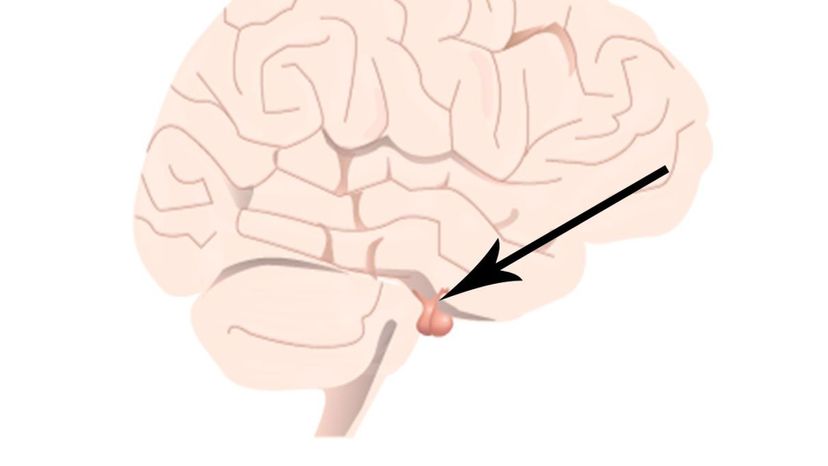
About This Quiz
Kids today are smarter than you think! In today's classes, they learn everything about animals -- from the microscopic cell, to the name of the kingdom in which they belong (Animalia). But it doesn't stop there. Kids study the scientists who discovered the key knowledge about the evolution and building blocks of animals, such as Gregor Mendel, the "father of modern genetics" and Ernest Just, who recognized the role of the cell surface. Fifth-grade students understand the Cycle of Life and how to group and sort living things in the Linnaeus' hierarchical system of classification.
Think back to when you were a fifth grader. Whether you were a know-it-all and able to categorize creatures from phylum to species, or an average student who could sort animals into reptile, amphibian, mammal, fish and bird categories, remember there were always trick questions on every quiz. For instance, one may think that because it lives in the water a whale is a fish, when it is actually a mammal that produces milk and has a live birth. Nature sure is tricky.Â
The images you see in each question of this quiz will give you a hint to the answer. But this test is by no means easy. You might actually need a 5th grader standing beside you to get a high score. See for yourself and take the quiz now!
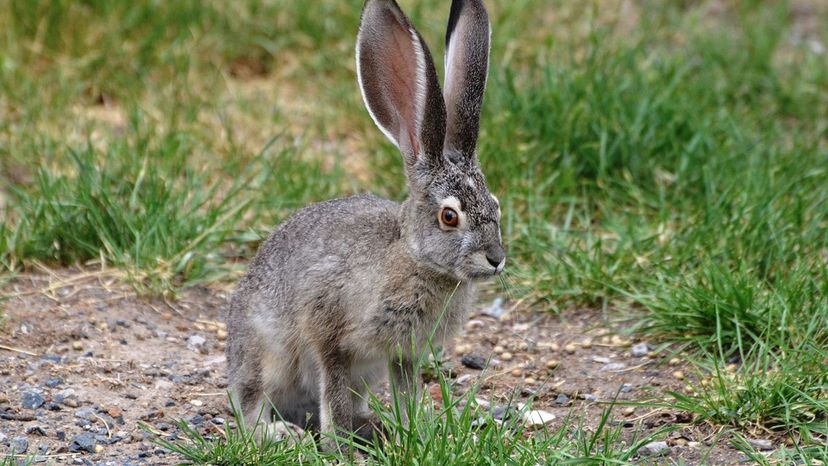
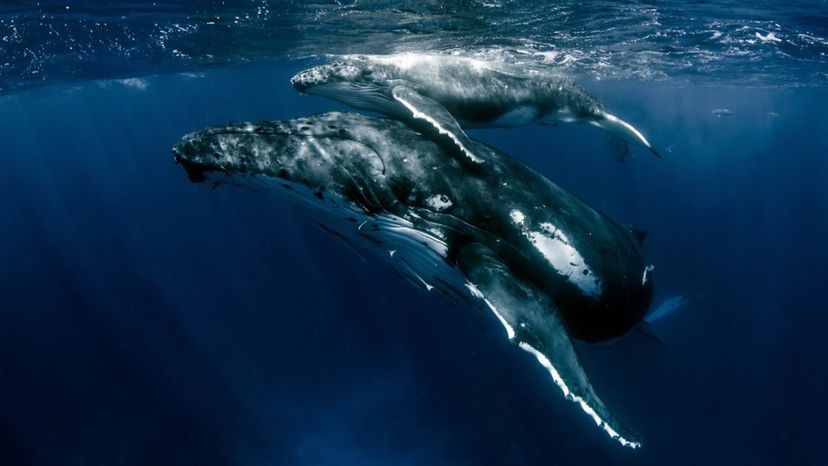
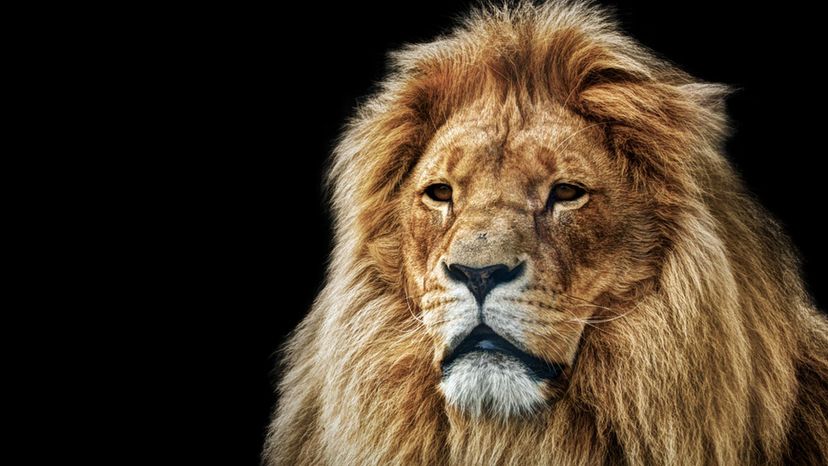
Advertisement
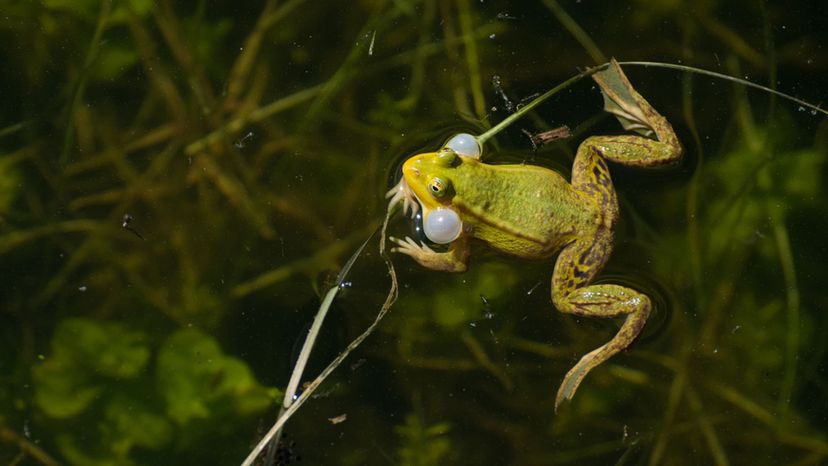
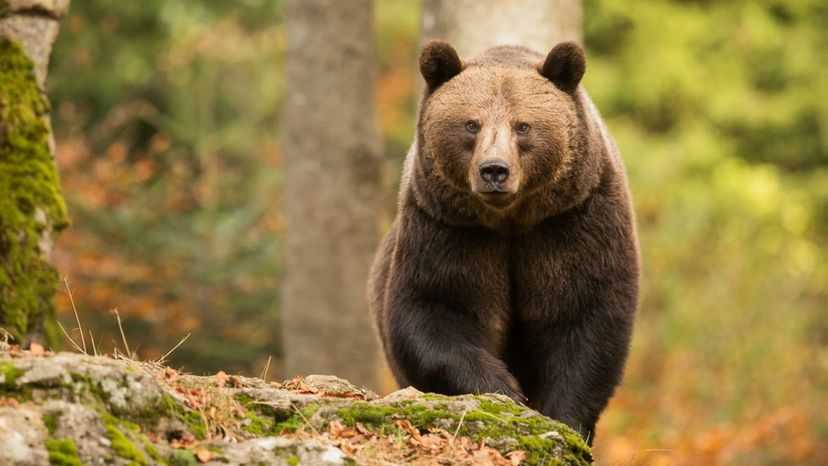
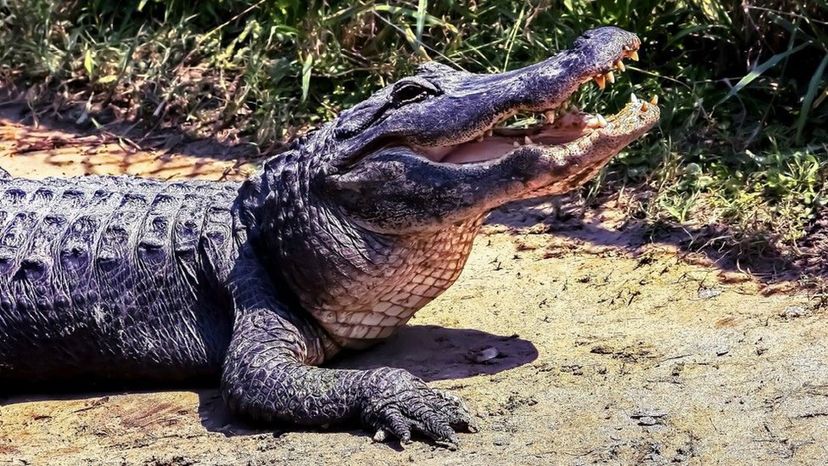
Advertisement
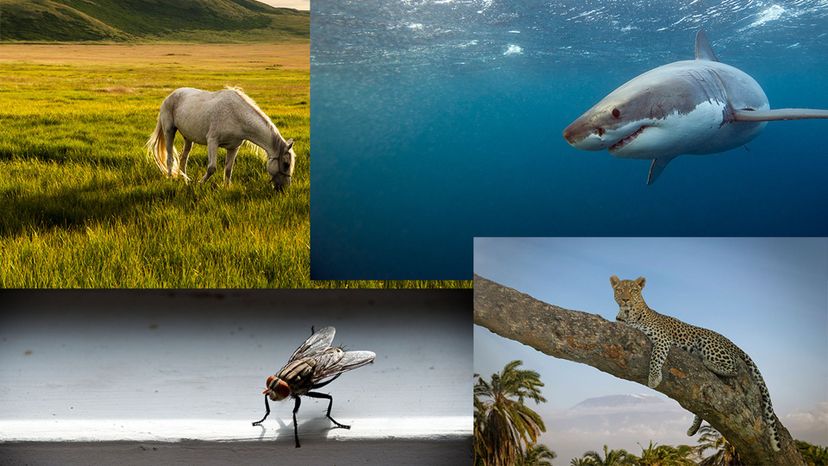
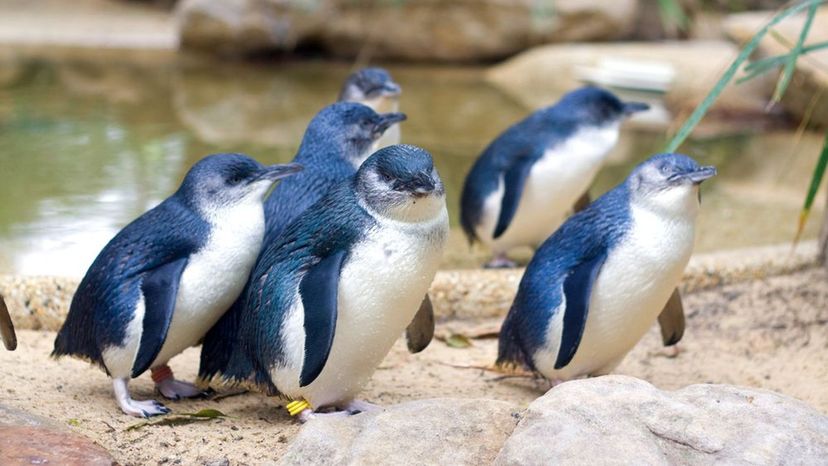
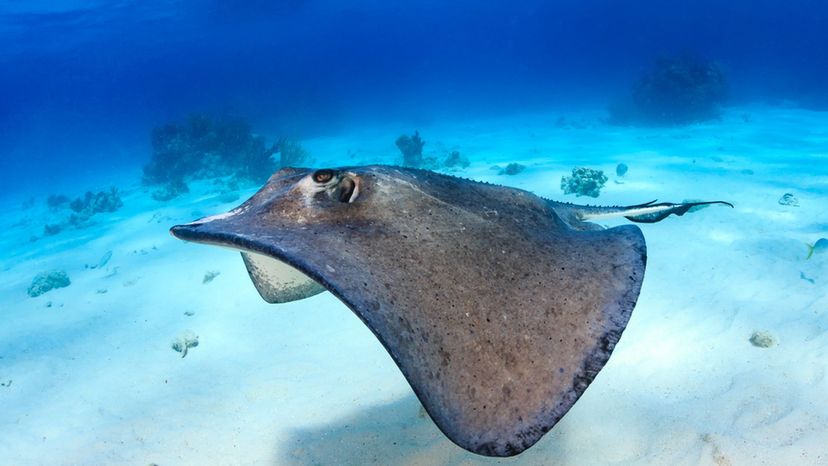
Advertisement



Advertisement
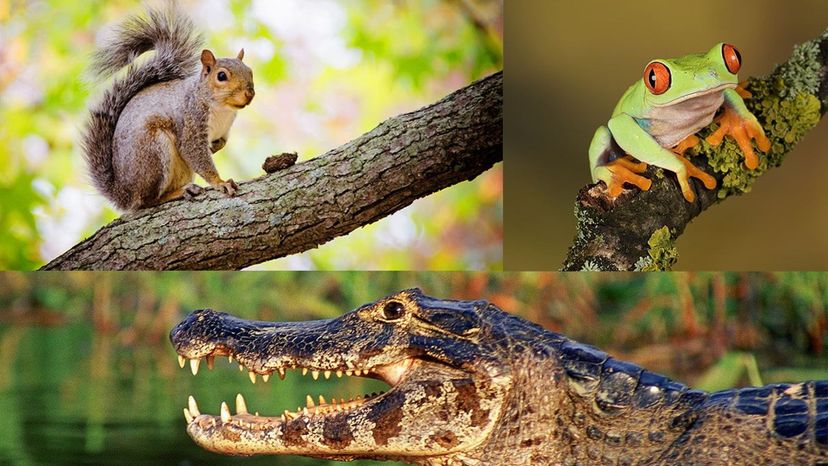
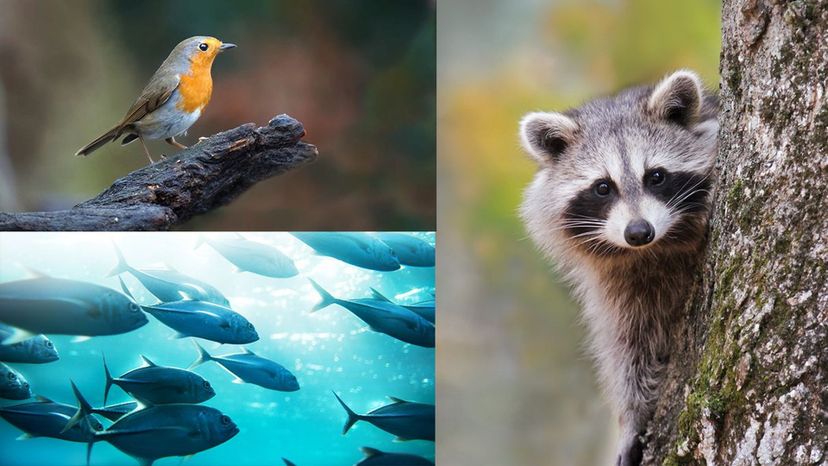
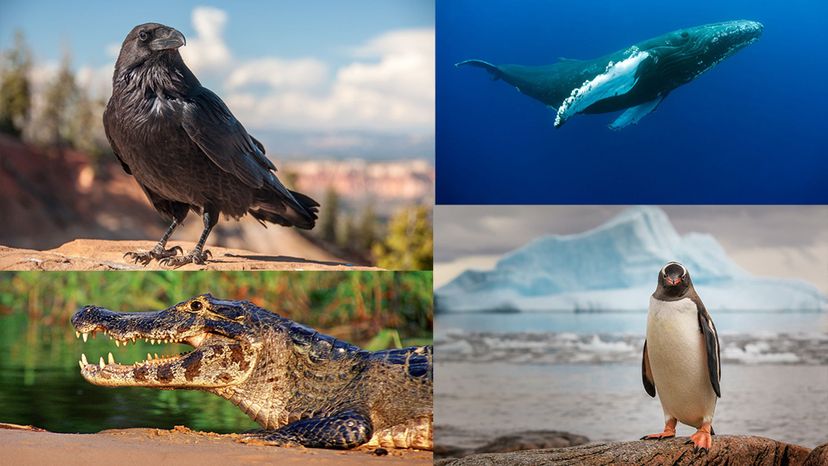
Advertisement
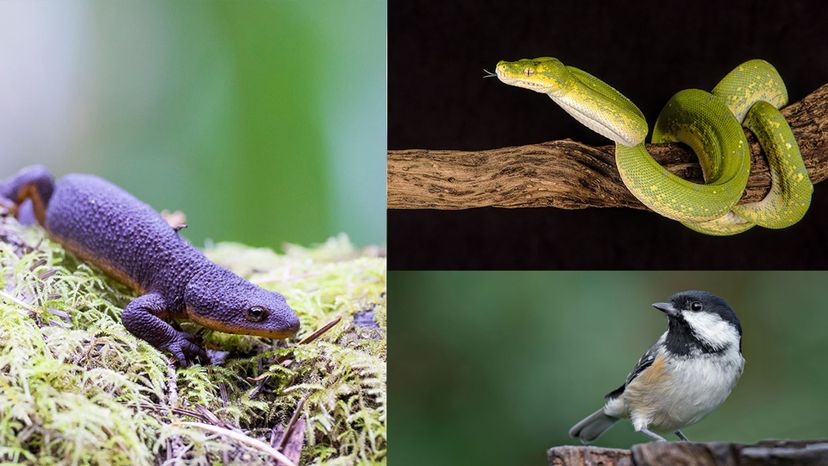
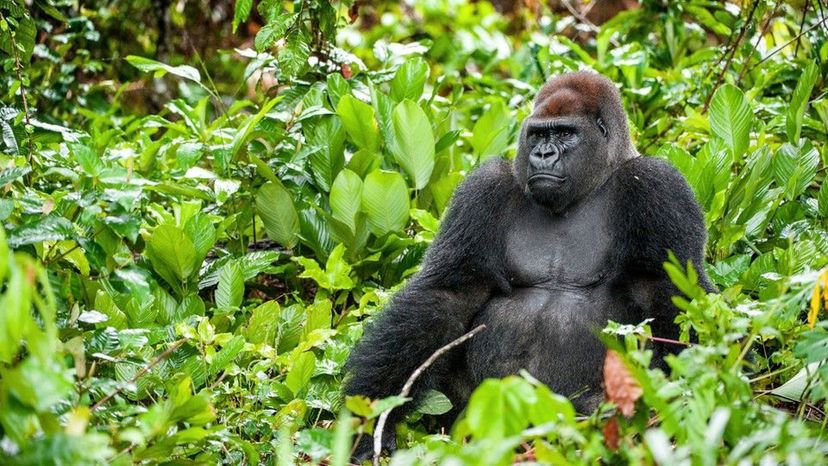

Advertisement
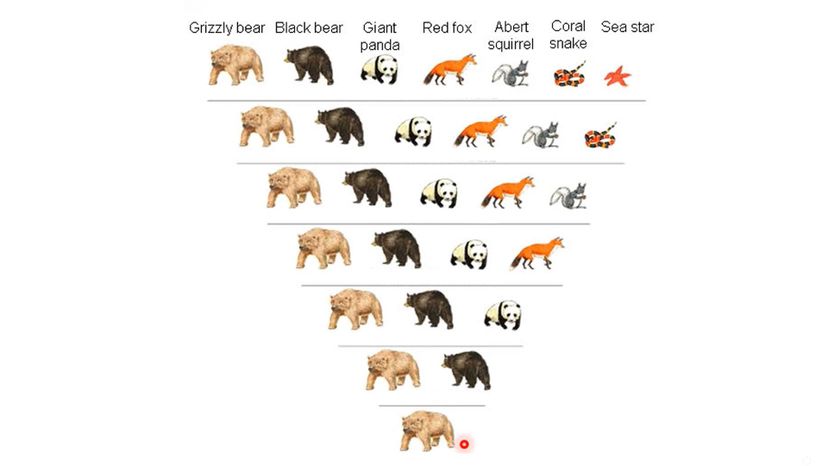
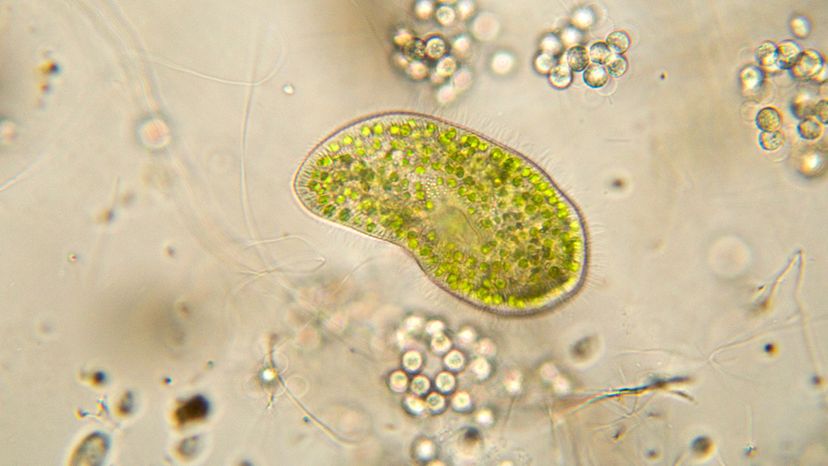
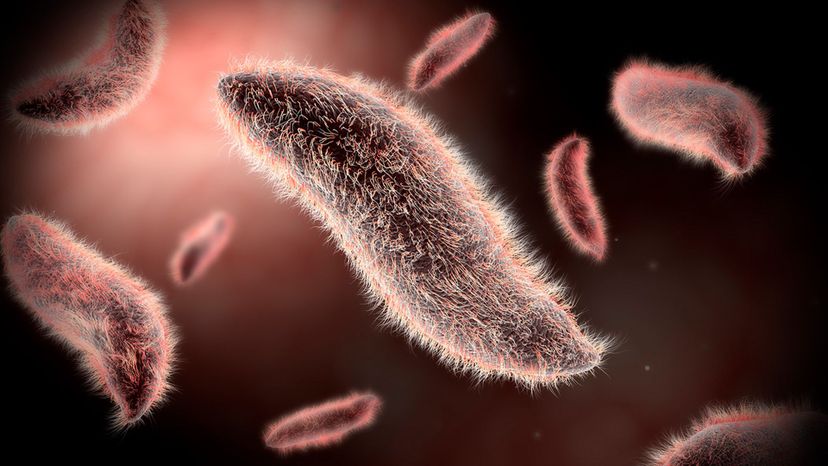
Advertisement
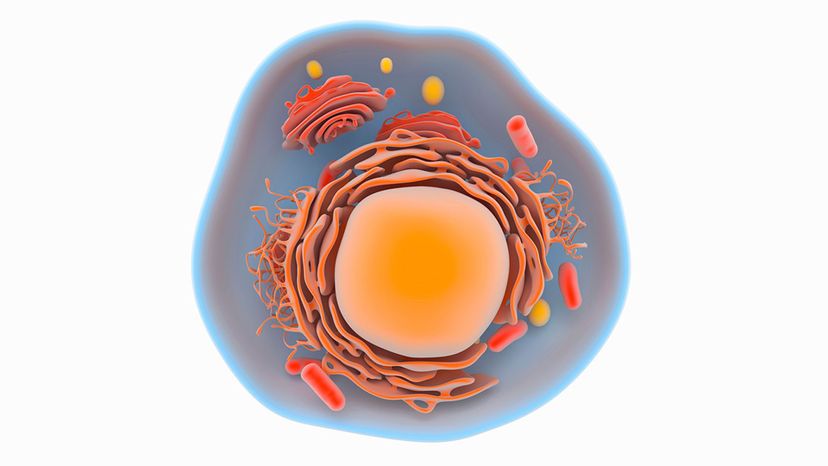
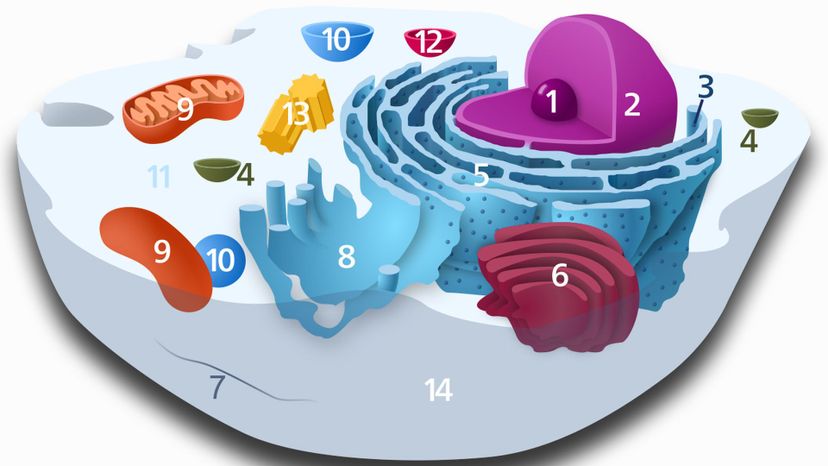

Advertisement
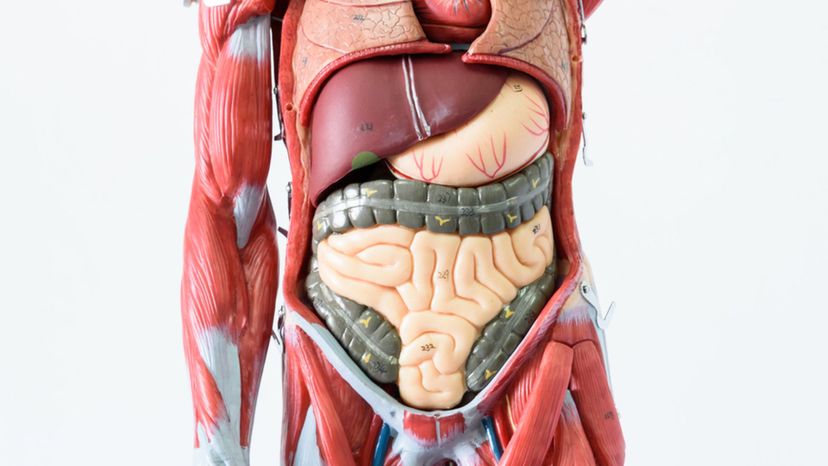
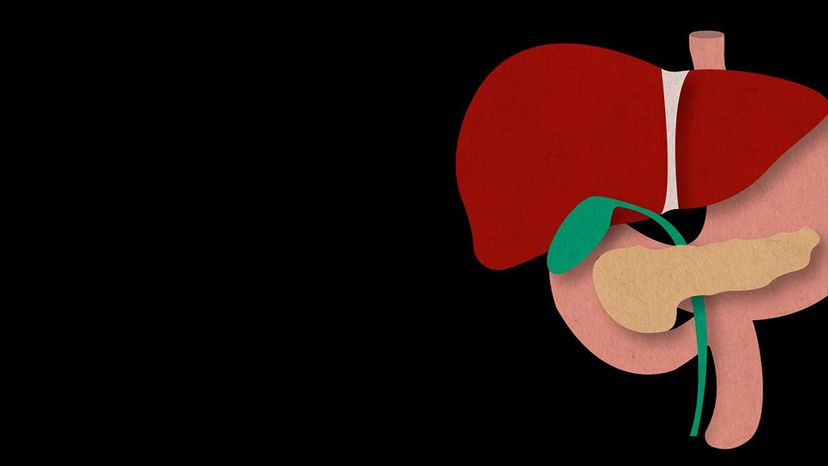
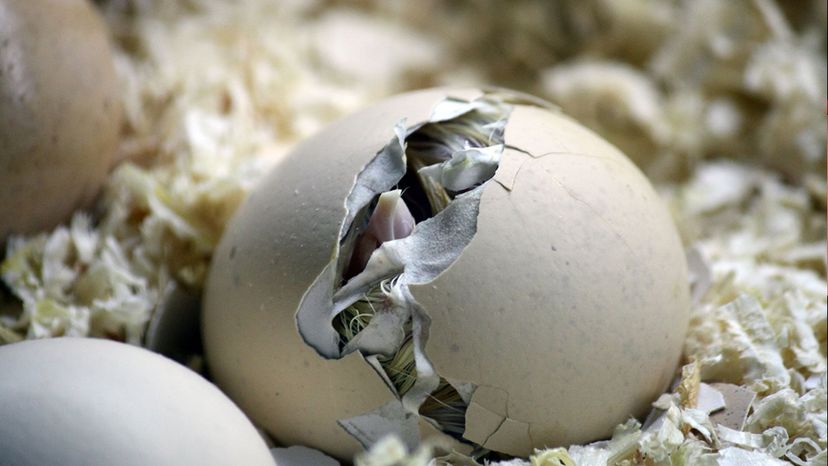
Advertisement
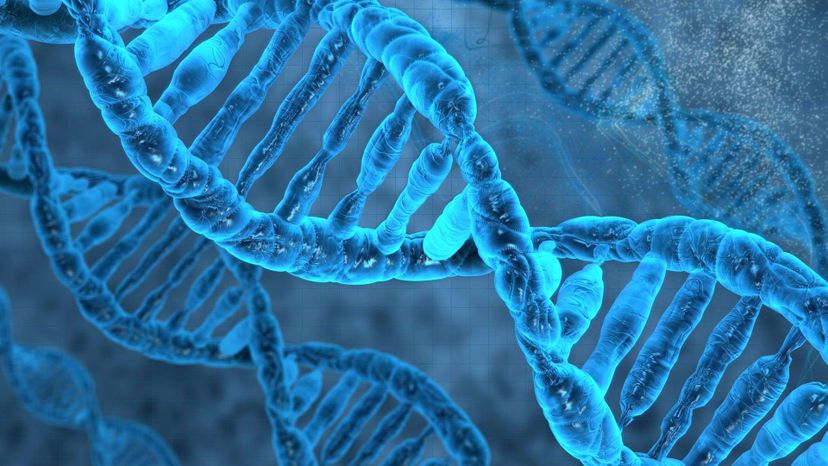
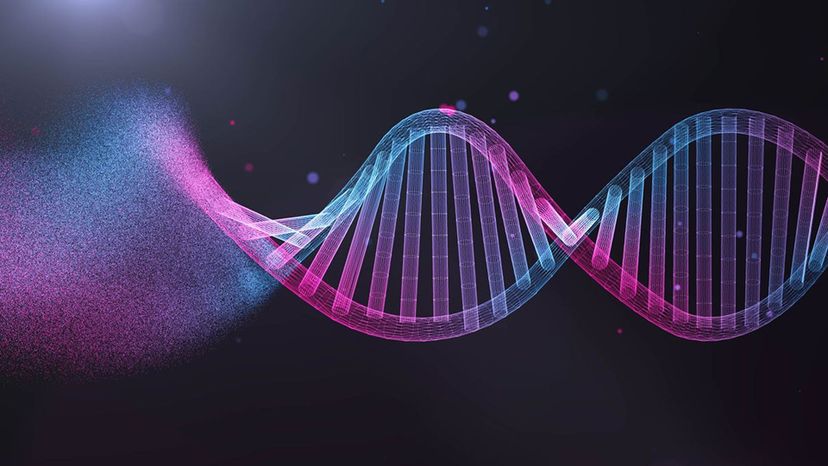
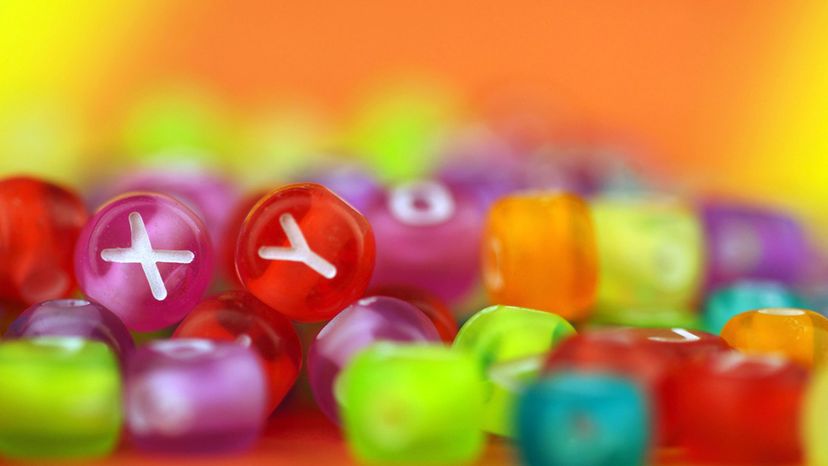
Advertisement
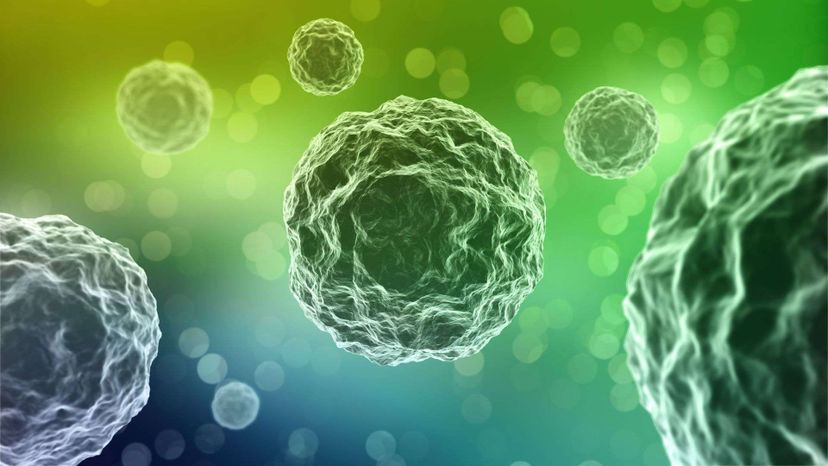
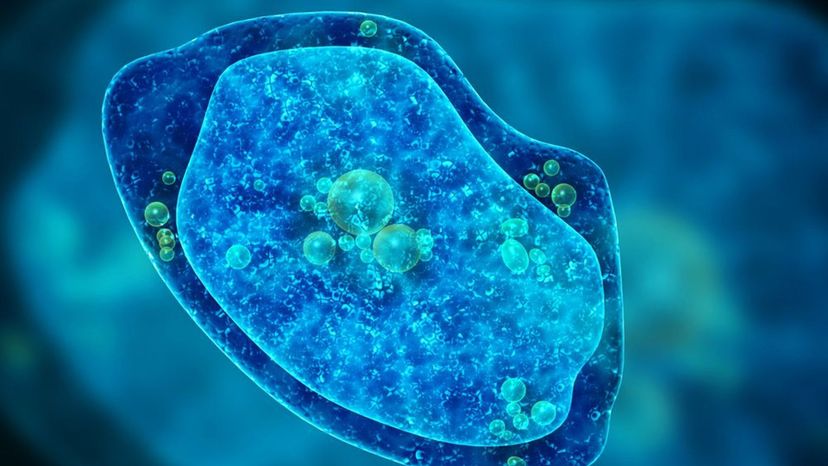

Advertisement
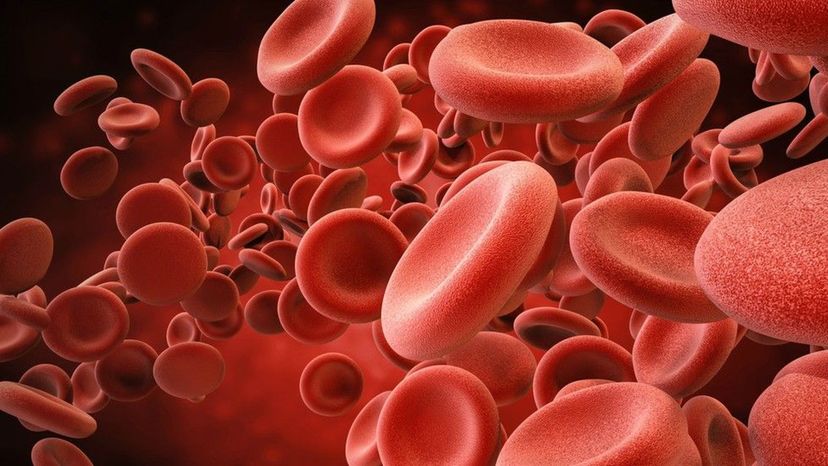
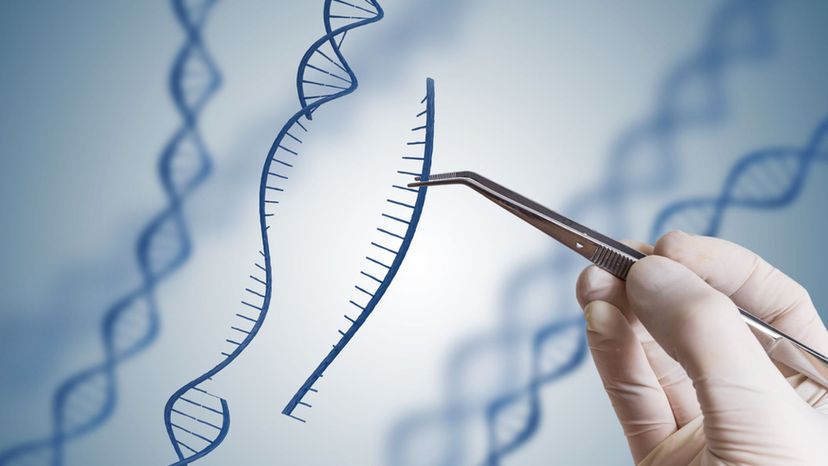

Advertisement

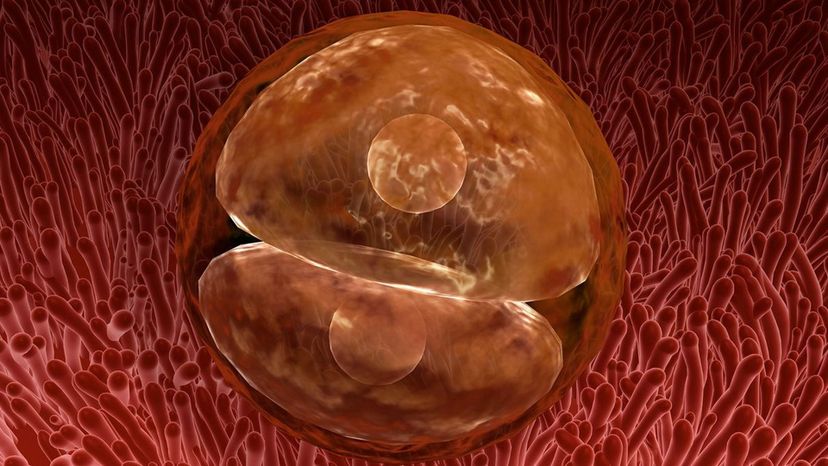
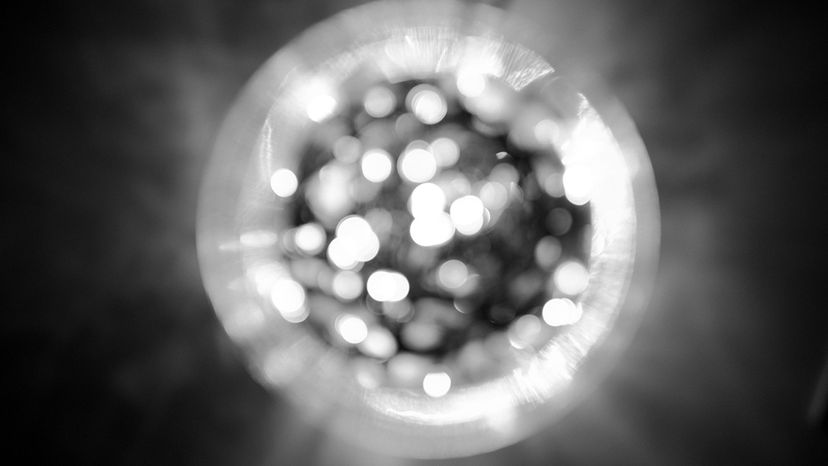
Advertisement
